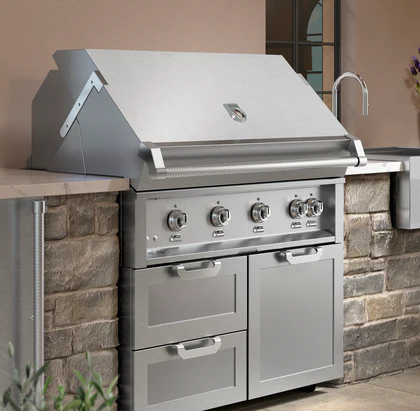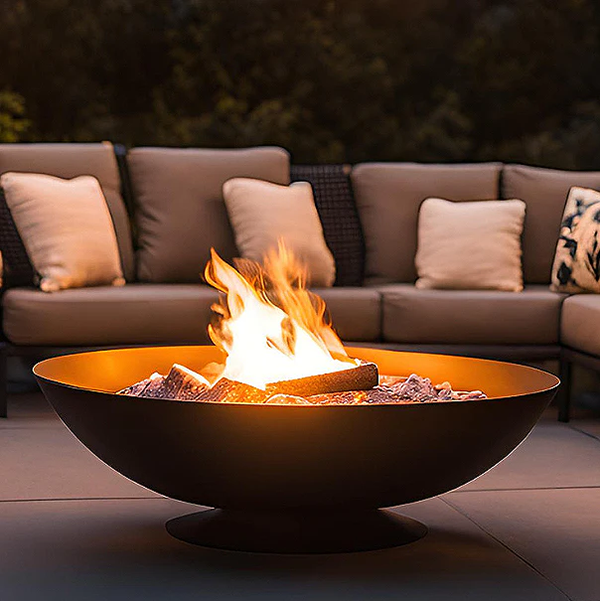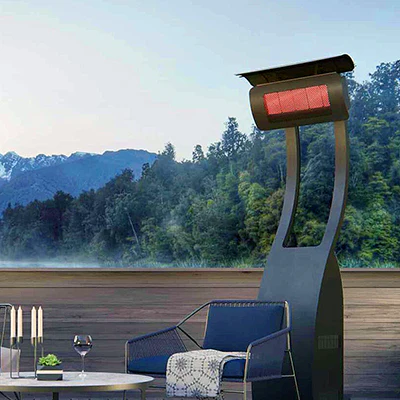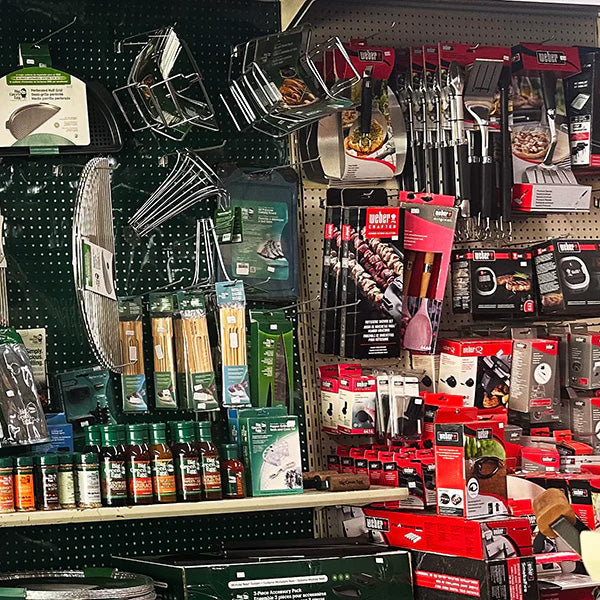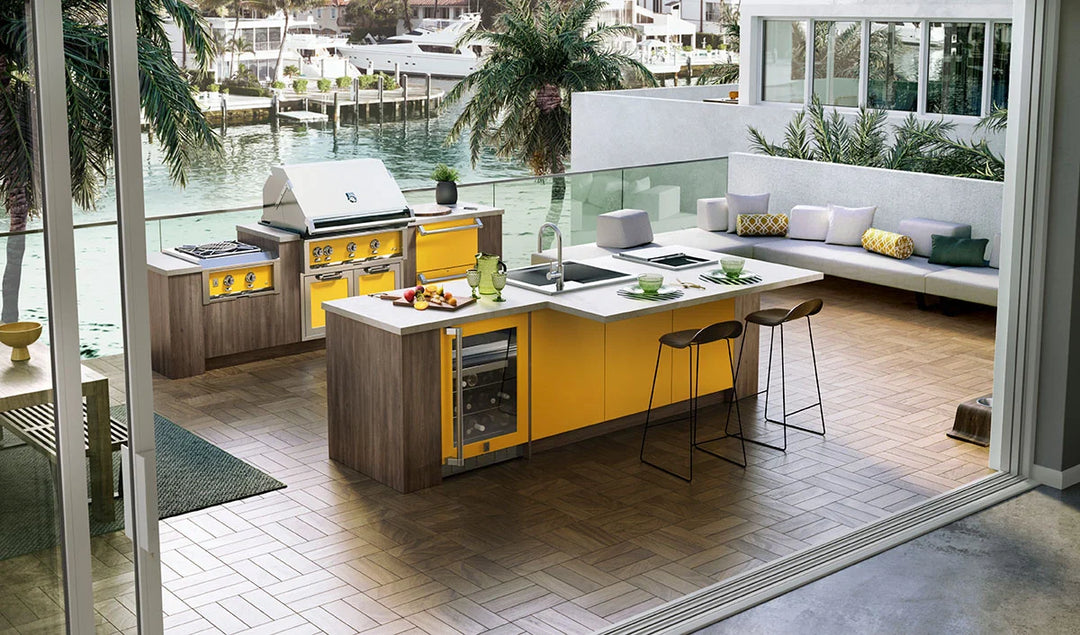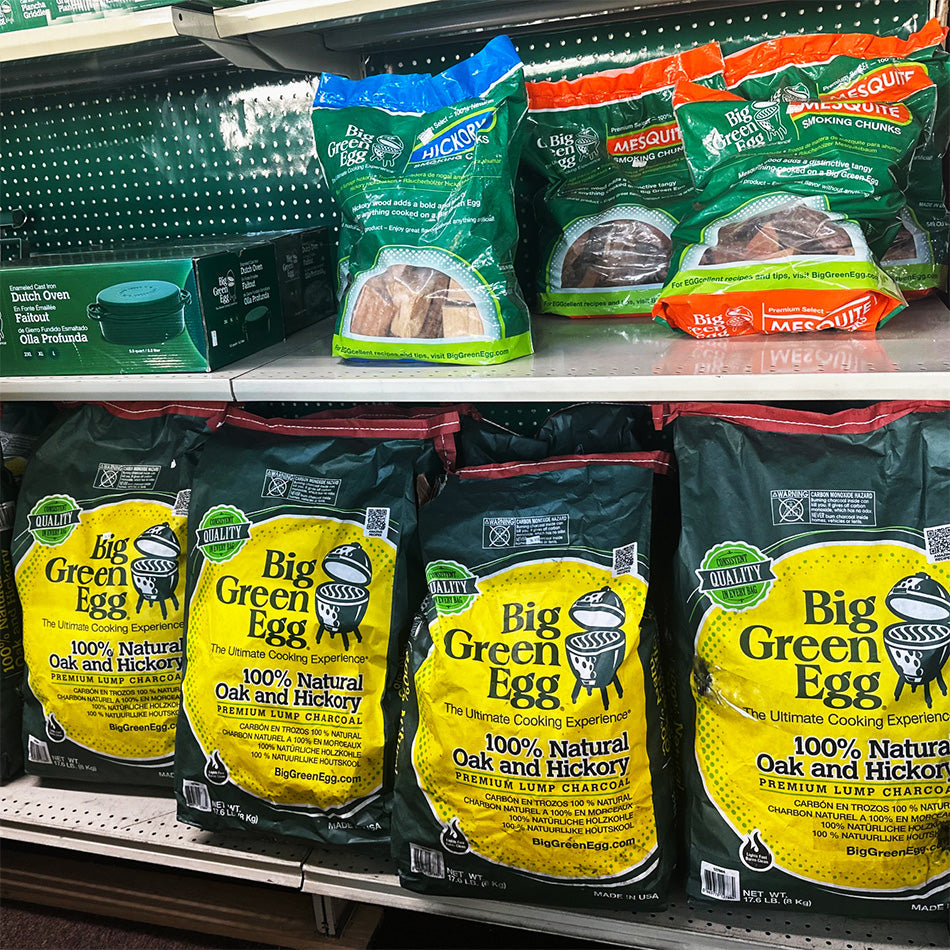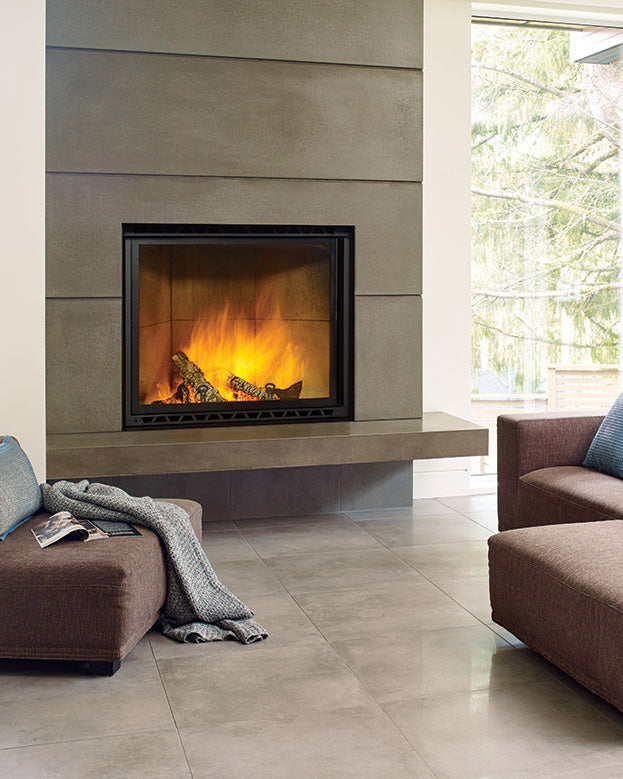Top 5 Tips for Designing the Perfect Outdoor Fireplace
Top 5 Tips for Designing the Perfect Outdoor Fireplace
An outdoor fireplace can turn your backyard into a cozy retreat, perfect for relaxing evenings, social gatherings, and enhancing the overall ambiance of your outdoor space. Designing the perfect outdoor fireplace requires thoughtful planning to ensure it fits both your lifestyle and the layout of your yard. Here are the top 5 tips to guide you in creating an outdoor fireplace that’s both functional and stylish.
1. Choose the Right Location
The first step in designing an outdoor fireplace is selecting the ideal location. This decision is key to ensuring that your fireplace is both a practical and attractive addition to your space.
- Proximity to the House: Position your fireplace within a reasonable distance from your home, so it’s easy to access during gatherings. However, ensure there’s enough space for comfortable seating without overcrowding.
- Wind and Safety Considerations: Place the fireplace where it won’t be affected by prevailing winds, and always maintain a safe distance from overhanging branches, fences, or other structures to reduce the risk of fire hazards.
- Focal Point or Corner: Depending on your yard’s layout, decide whether the fireplace will serve as a central focal point or a cozy feature tucked away in a corner.
2. Pick the Right Style
Your outdoor fireplace should reflect your personal style while blending seamlessly with your home’s architecture and outdoor decor. There are several design options to consider:
- Traditional Stone Fireplaces: For a rustic or classic look, opt for natural stone or brick. These materials provide a timeless aesthetic that works well in both large and small spaces.
- Modern Minimalism: If you prefer a sleek, contemporary look, consider concrete, metal, or streamlined gas fireplaces that focus on clean lines and simplicity.
- Fire Pits or Fireplace?: Depending on your usage needs, you can also decide between an enclosed fireplace structure or an open fire pit. Both offer different vibes and heat distribution, so pick the one that fits your style best.
3. Select the Right Fuel Type
When designing your outdoor fireplace, it’s essential to choose the appropriate fuel type to suit your preferences and lifestyle:
- Wood-Burning Fireplaces: If you love the crackling sound and natural feel of a wood fire, a wood-burning outdoor fireplace might be the best option. However, it requires regular cleaning and maintenance.
- Gas Fireplaces: A more convenient choice, gas fireplaces offer the warmth and ambiance of a fire without the hassle of chopping wood. Gas fireplaces are also quick to ignite and easier to maintain.
- Ethanol Fireplaces: Ideal for small or modern spaces, ethanol fireplaces provide a clean burn with no smoke, making them an eco-friendly and stylish choice.
4. Focus on Seating and Surroundings
An outdoor fireplace is more than just a source of heat—it’s also a social gathering spot. To maximize comfort and function, focus on creating a welcoming seating area around the fireplace.
- Cozy Circles: Arrange seating in a semicircle or U-shape around the fireplace to encourage conversation and maximize warmth. Incorporate cushions and blankets for a cozy touch.
- Built-In Seating: Consider adding built-in seating, like stone or concrete benches, that blend seamlessly with the fireplace’s design. This also adds a sleek, permanent element to your space.
- Natural Landscaping: Surround the fireplace with lush greenery, planters, or even water features to enhance the atmosphere and create a relaxing outdoor haven.
5. Consider Practicalities: Venting and Weather Protection
It’s essential to factor in practical aspects such as venting and weather protection to ensure your outdoor fireplace is safe and functional all year round.
- Venting Needs: While gas and ethanol fireplaces don’t need venting, wood-burning fireplaces may require proper ventilation to manage smoke. Ensure your fireplace has enough clearance, and consider adding a chimney or spark arrestor.
- Weather-Proof Materials: Use weather-resistant materials like stone, brick, or stainless steel that can withstand the elements. If you live in a colder climate, think about adding a fireplace cover or pergola to protect the structure from rain and snow.
Conclusion
Designing the perfect outdoor fireplace is about balancing style, functionality, and comfort. By carefully considering the location, materials, fuel type, and seating arrangements, you can create an inviting outdoor space that enhances your home and provides year-round enjoyment. Whether you’re roasting marshmallows on a wood-burning hearth or sipping wine by a sleek gas fireplace, the right design will turn your backyard into a warm, welcoming retreat.
